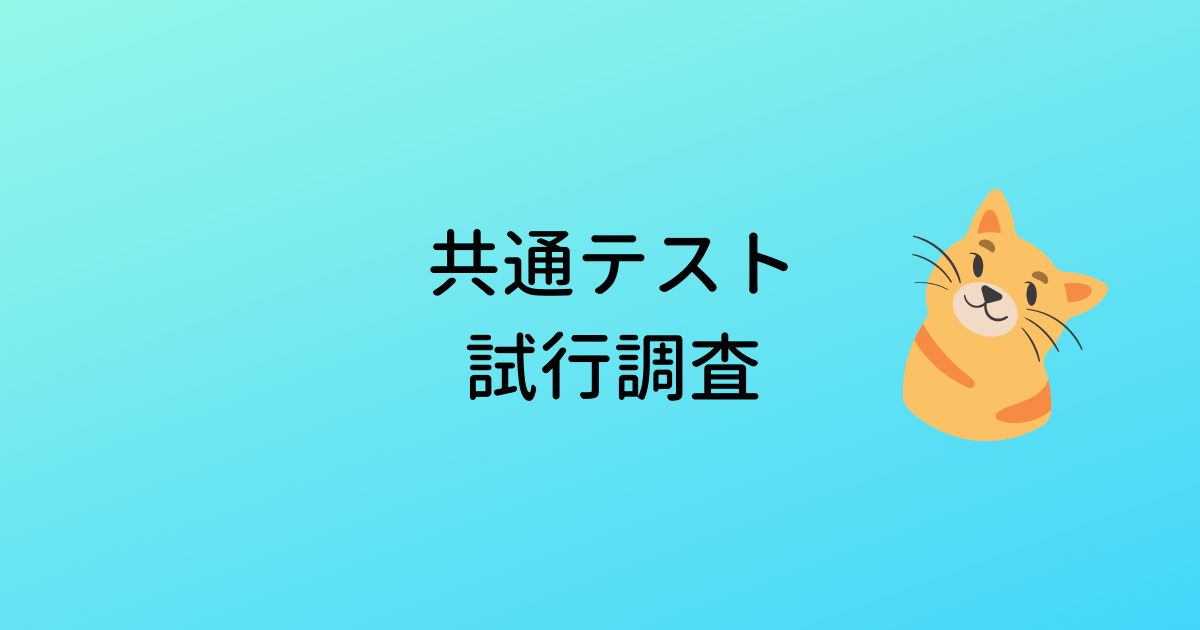You are the editor of your school newspaper. You have been asked to provide comments on an article about origami written by an American student named Mary.
Origami
[1] Many people in Japan have childhood memories of origami, where square sheets of paper are transformed into beautiful shapes such as animals and flowers. Origami has been enjoyed widely by people of all ages for centuries.
[2] A recent event reminded us that origami is viewed as a traditional Japanese art form overseas. When President Barack Obama visited Hiroshima in 2016, he made four origami paper cranes neatly. He then presented them to Hiroshima City. This was seen as a symbol of his commitment to friendship between the two countries and to world peace.
[3] Two positive influences of origami can be seen in care for the elderly and rehabilitation. Origami requires the precise coordination of fingers as well as intense concentration to fold the paper into certain shapes. It is thought to slow the progression of memory loss associated with such medical problems as Alzheimer’s disease. It is also believed that origami helps keep motor skills and increases brain activity, which aid a person recovering from injuries. For these reasons, both inside and outside Japan, there are many elderly care and rehabilitation programs in which origami is used.
[4] Children also benefit from origami. It fosters creativity and artistic sense while allowing them to have fun. This has resulted in a large number of associations— both domestic and international — regularly holding events for young children such as origami competitions and exhibits. Isn’t it surprising that many organizations that are active in these areas can be found overseas?
[5] ( A ) Furthermore, origami paper folding technology has promising applications in medicine. ( B ) In 2016, an international team of researchers developed a tiny paper-thin robot that can be used for medical treatment. The robot, made of material from pigs, is folded like origami paper and covered with a capsule made of ice. When the capsule is swallowed by a patient and reaches the patient’s stomach, the capsule melts, and the robot unfolds as it absorbs water from the surrounding area. ( C ) After this, the robot is controlled from outside of the body to perform an operation. When the task is complete, the robot moves out of the body naturally. ( D )
[6] As seen in the examples above, origami is no longer merely a traditional Japanese art form that many of us experienced as a leisure activity in childhood. In fact, it is a powerful agent that can bring positive change to the lives of all generations worldwide. While the appreciation of its beauty is likely to continue for generations to come, nowadays origami has come to influence various other aspects of our lives.
問1 Mary’s article mainly discusses ( ).
1. the greater importance of origami in medicine than in other fields
2. the invention of new types of origami in many foreign countries
3. the major role origami plays in promoting world peace and cooperation
4. the use of origami for cultural, medical, and educational purposes
問2 Mary’s intention in Paragraphs[3] and[4] is probably to ( ).
1. describe the history of origami’s development outside Japan
2. discuss the difficulties of using origami for treating diseases
3. express concerns about using origami for rehabilitation, elderly care, and education
4. introduce some contributions of origami to the lives of people of different ages
問3 You found additional information related to this topic and want to suggest that Mary add the sentence below to her article. Where would the sentence best fit among the four locations marked ( A ) , ( B ) , ( C ) , and ( D ) in Paragraph[5]?
The developers of the robot say that this technology can be used, for instance, to remove a small battery from the stomach of a child who has accidentally swallowed it.
【解説】問1 正解率 61.0%
「メアリーの記事では主に ( ) について説明しています。」
1. the greater importance of origami in medicine than in other fields
「他の分野よりも医学における折り紙の重要性」
医療にの話はありましたが、医療がその他よりも重要とは言っていません。
2. the invention of new types of origami in many foreign countries
「多くの外国での新しいタイプの折り紙の発明」
色々な国で楽しまれているとありましたが、新しいタイプとかそういう話はありませんでした。
3. the major role origami plays in promoting world peace and cooperation
「世界の平和と協力を促進する上で折り紙が果たす主要な役割」
オバマ大統領による広島の折り鶴の例がありましたが、日本文化の一例としてあげられたものです。平和の話がメインではありません。
4. the use of origami for cultural, medical, and educational purposes
「文化、医療、教育目的での折り紙の使用」
第二段落の最初にこうあります。
「最近のイベントで、海外から折り紙が日本の伝統的な芸術の形と見なされていることを、私たちは思い出しました」
これは「文化」について書かれてあります。
第三段落の最初にこうあります。
「折り紙の2つのプラスの影響は、高齢者のケアとリハビリテーションで見られます」
これは「医療」について書かれてあります。
第四段落の最初にこうあります。
「子供たちは折り紙からも恩恵を受けます。 それは楽しみながら創造性と芸術性を育みます」
これは「教育」について書かれてあります。
ということで、正解は「4」です。
【解説】問2 正解率 31.6%
「段落[3]と[4]でのメアリーの意図は、おそらく ( ) です。」
先ほど問1で確認したように、第三段落は「医療」、第四段落は「教育」について書かれてあります。
1. describe the history of origami’s development outside Japan
「海外での折り紙の発展の歴史を説明する」
こんな話はありませんでしたね。
2. discuss the difficulties of using origami for treating diseases
「病気を治療するための折り紙の使用の難しさについて話し合う」
第三段落にこうあります。
「アルツハイマー病などの医学的問題に関連する記憶喪失の進行を遅らせると考えられています」
効果がありそうだと言っていますので、この選択肢も違います。
3. express concerns about using origami for rehabilitation, elderly care, and education
「折り紙をリハビリ、高齢者介護、教育に使用することについて懸念を表明する」
concern が「懸念」という意味ということが分かっていないと、「リハビリ、高齢者介護、教育」とキーワードが並んでいますので、この選択肢を選んでしまうのではないかと思います。
4. introduce some contributions of origami to the lives of people of different ages
「さまざまな年齢の人々の生活に折り紙の貢献を紹介する」
第三段落には elderly 、第四段落には children という言葉があります。ということで正解は「4」です。
「4」の選択肢の内容はふわっとしていますので、直接はなかなか選びづらいと思います。消去法で選ぶのが実践的だと思います。
この問題は上位層のみが「3」が「4」を上回っていて、それ以外の層はみんな「3」を選んだそうです。「concern / 懸念」という単語をさらっと読み飛ばして、ミスしてしまう感じでしょうか。
【解説】問3 正解率 25.7%
The developers of the robot say that this technology can be used, for instance, to remove a small battery from the stomach of a child who has accidentally swallowed it.
「そのロボットの開発者たちは、この技術は、例えば、誤って飲み込んだ子供の胃から小さなバッテリーを取り除くために使用できると言います」
追加する文は、( A )( B )( C )( D ) のどこに入りますか、という問題です。いわゆる「空所文補充」と呼ばれる形式ですね。
空所文補充問題は、指示語や代名詞、接続語などを手掛かりに、考えていくとよいです。
分かりやすいところで言えば、the robot があります。定冠詞の the がついていますね。robot が最初に出てくるのは、( B ) の後のこの文です。
したがって、その後に追加する文が入ります。この時点で ( A ) と ( B ) を消すことができます。
つまり正解は ( C ) か ( D ) のどちらかになります。それを確認するために ( C ) と ( D ) の間の文を、見てみましょう。
「この後、体の外からロボットを制御して手術を行います。仕事が完了すると、ロボットは自然に体外に移動します」
「After this / この後」とありますが、これが何の後かを考えます。もし追加する文が ( C ) に入るなら、それが「この後」の「この」にあたるはずです。しかし、つながりません。
なぜなら、追加する文はロボット開発者の「意見」なのに、( C ) の後の文は「事実」だからです。
では ( C ) の前の文を確認しましょう。
「カプセルが患者に飲み込まれて患者の胃に到達すると、カプセルが溶け、周囲の領域から水分を吸収してロボットが展開します」
この後、ロボットを制御して手術をする…… でつながりますね。ということは ( C ) には何も入らないことが分かります。
ということで正解は ( D ) です。
ちなみに追加する文にある this technology は ( B ) の次の文から ( D ) の前の文で書かれている「具体例」全体を指しています。



コメントをどうぞ